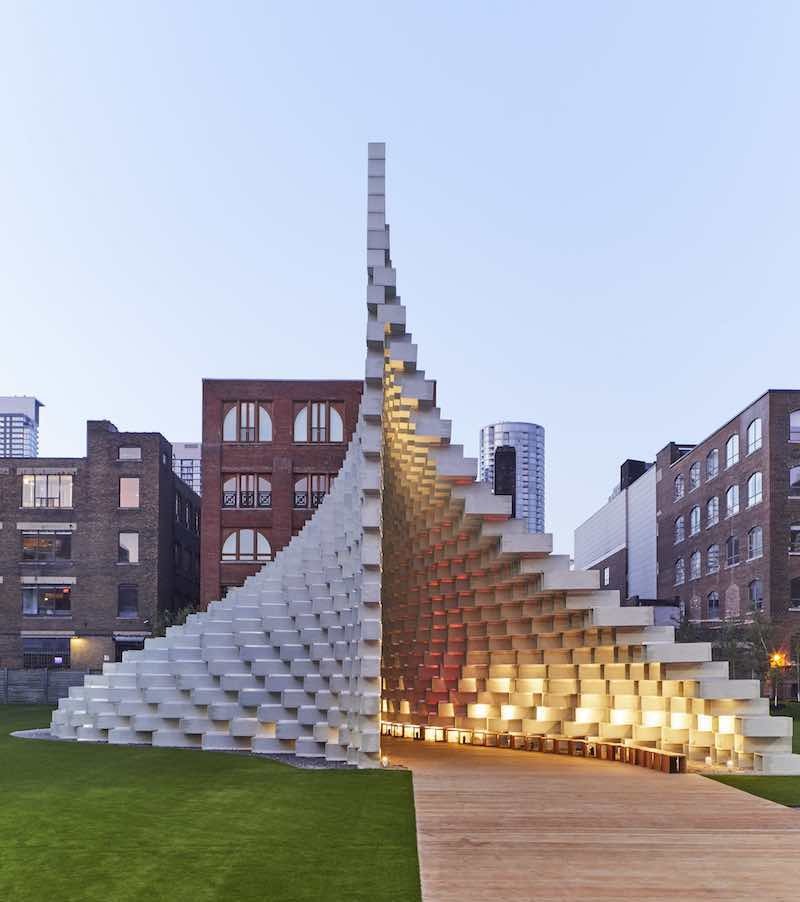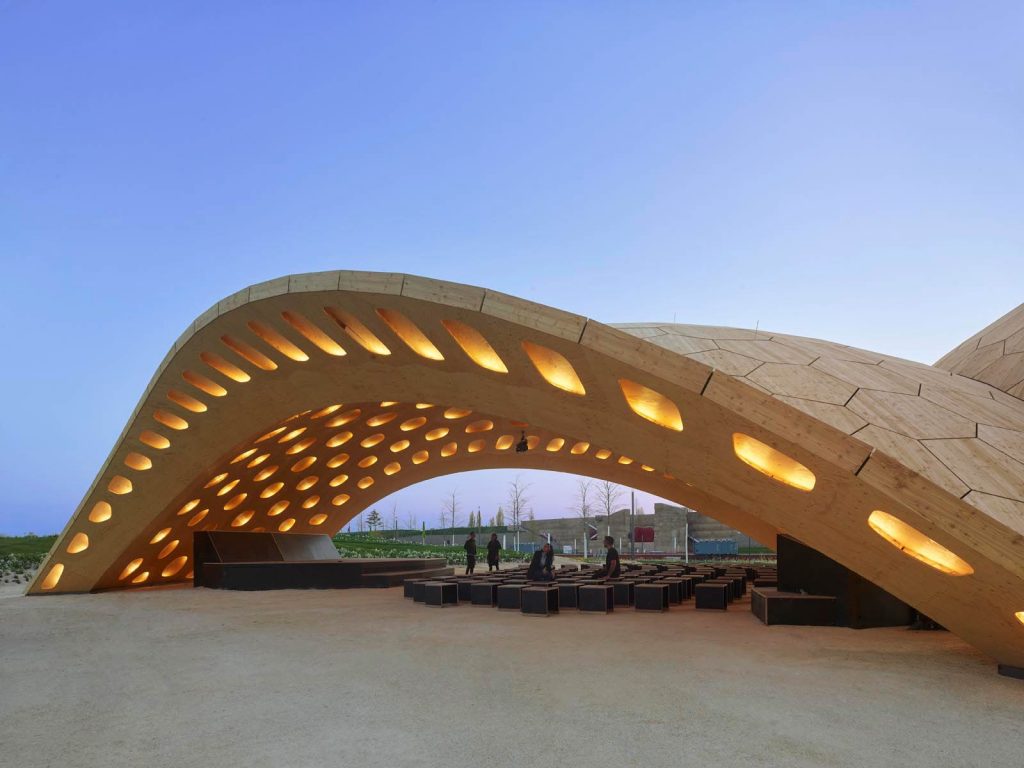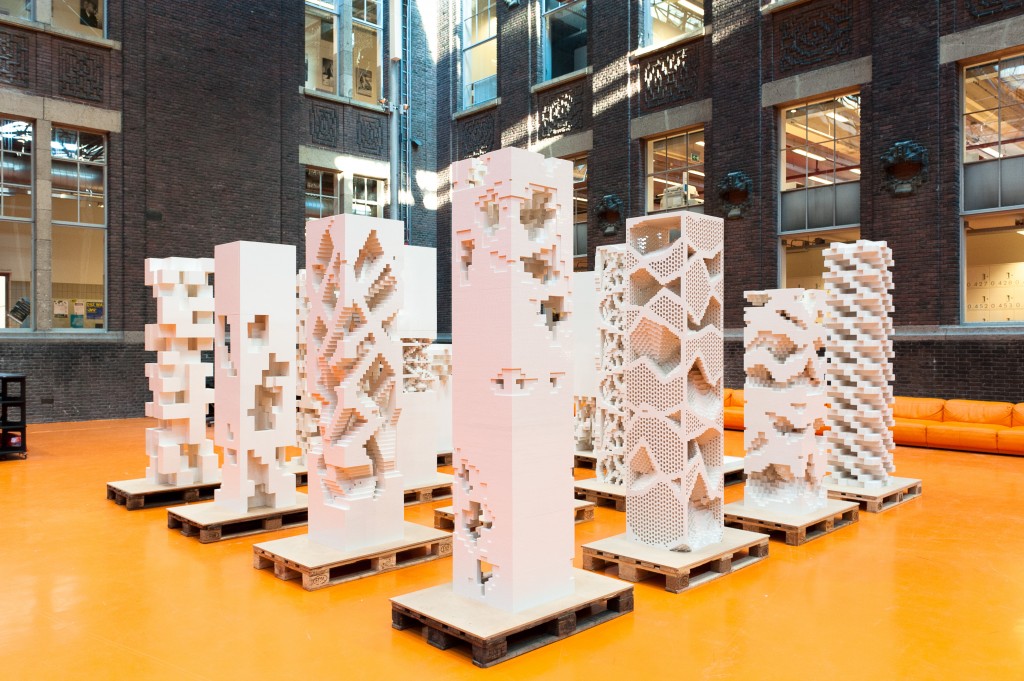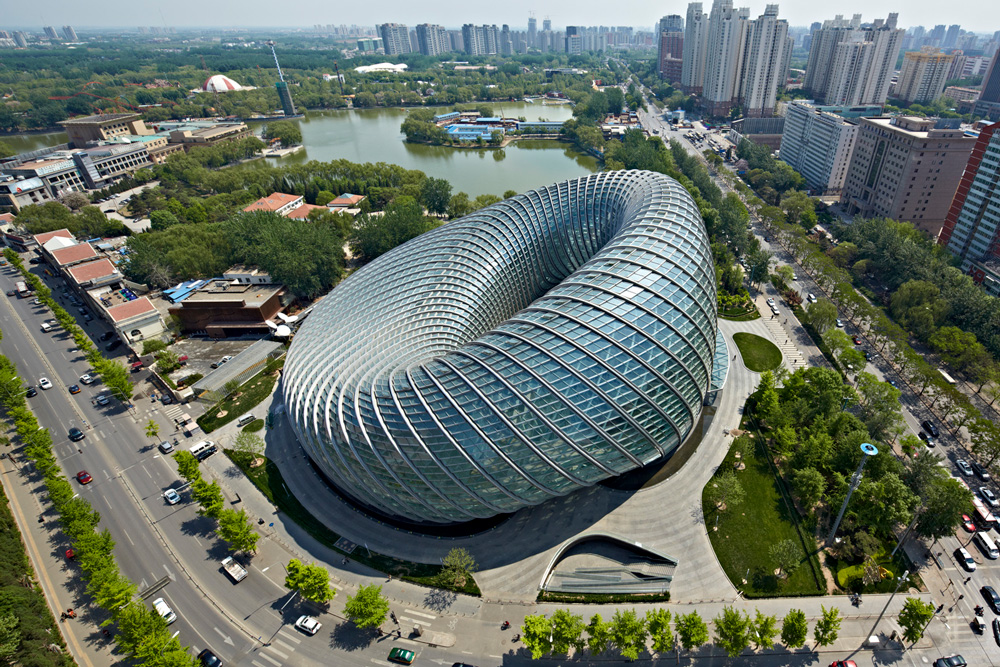The magic is in the details. Designing an intricate thought that takes you through progressive steps to finally conquer the finished solution, deems necessary to deconstruct the complexity and make our lives easier. A set of instructions that deals with conjuring a perfect blend of all the inputs make way for expanded elucidation on Thinking Algorithms.

If we look closely at nature, in everything there is a combination of some sequences such as the Fibonacci that forms the crux of their design. Thinking Algorithms aids to visualize forms and structures, with the integration of computer science and mathematics, intrinsically solving complex chunks through codes broken into smaller parts.
Algorithmic Thinking uses an IF-THEN construct, charting your journey like on a map, that takes you from point A to point B. What goals you need to achieve along the way? How much time do you take to reach the destination, is it defined in between the path? Thinking algorithmically is a mind shift from our usual thought process. In the beginning, it can feel quite hard, since we all have unconsciously built up shortcuts, assumptions, and thumb rules to help us solve everyday problems without thinking about them. But this systematic way of thinking through problems and solutions, similar to how a computer would deal with them, forms the core of success and efficiency.

Parametric models use algorithmic techniques invoking and collaborating the outcome of digital design and fabrication. As a form-finding method, it entitles designers to conjure complex non-standard associative geometries, through a shift from the digital representation of form to a systematic presentation in a parametric model analyzed using code. A slight change in its constituent parameters interacts with the entire model’s shape, behaviour and structural variations.

In parametric analysis, this affinity attracts the designers’ closer, and in constant interaction with the models, foretelling and revealing us the discreet variations without losing control of the design objectives. This modern idea of algorithmic thinking can transform our nature of understanding and way of living itself. As we train our brains to logically analyze every stage and work out the iterations, it unravels the model in its pure and natural form. Architecture has long been part of an iterative play from ancient Vitruvian geometry to Corbusian lines and Miesian modular grids to Hadid’s flexuous curves taking part in precise techniques and configurations leading to craft their vision and usher it into existence. Design has evolved over centuries, more in the way we approach and conceptualize their frameworks to render the avant-garde flaunting forms and shapes that are efficient, interactive and functional as well.

Algorithmically originated designs were envisioned by the legendary architect Antoni Gaudi, in his physical models. He used inverted suspension models with strings and birdshot weights to simulate by analogue means, the routes of forces and thus study multiple variations of his design forms. His experiments were a test of various parameters that lead to contrive designs based on natural conditions. These physical models are equivalents to digital parametric automated strategies that compute the outcomes on altering equations and functions to unveil the final prototype.

Understanding an algorithm is different from thinking algorithmically, such as memorizing a formula and constructing your own path. The set of conditional statements and loops uses logic to create a procedural outcome. Similar to how metacognition teaches us to think better through deliberate practice, thinking about algorithms will flourish us with new ways to tackle new problems. Algorithmic thinking defines the rules to a natural conclusion, with clear thoughts on the situation that arises at every stage and solving the minor parts that represent the whole.



















Leave a comment